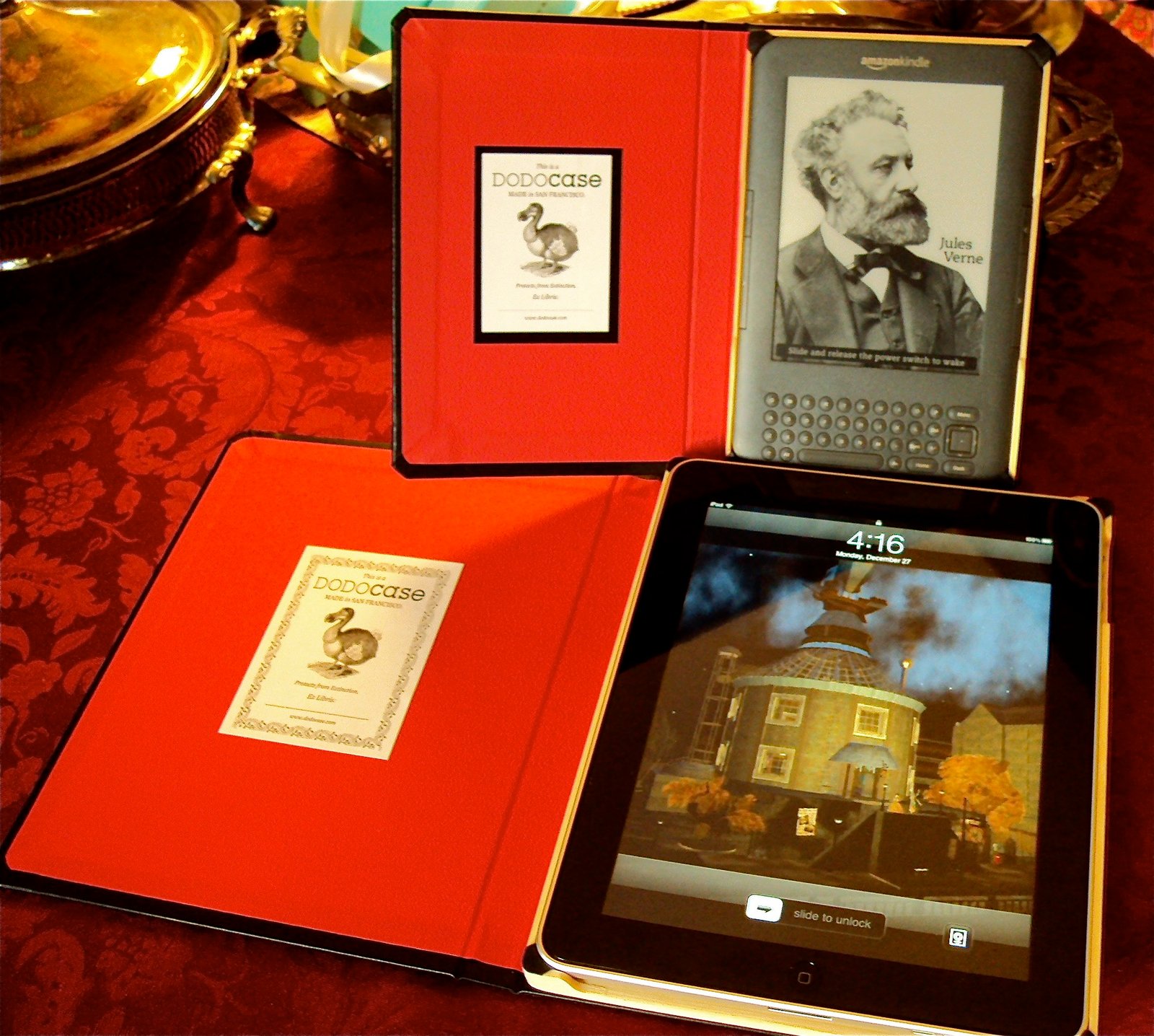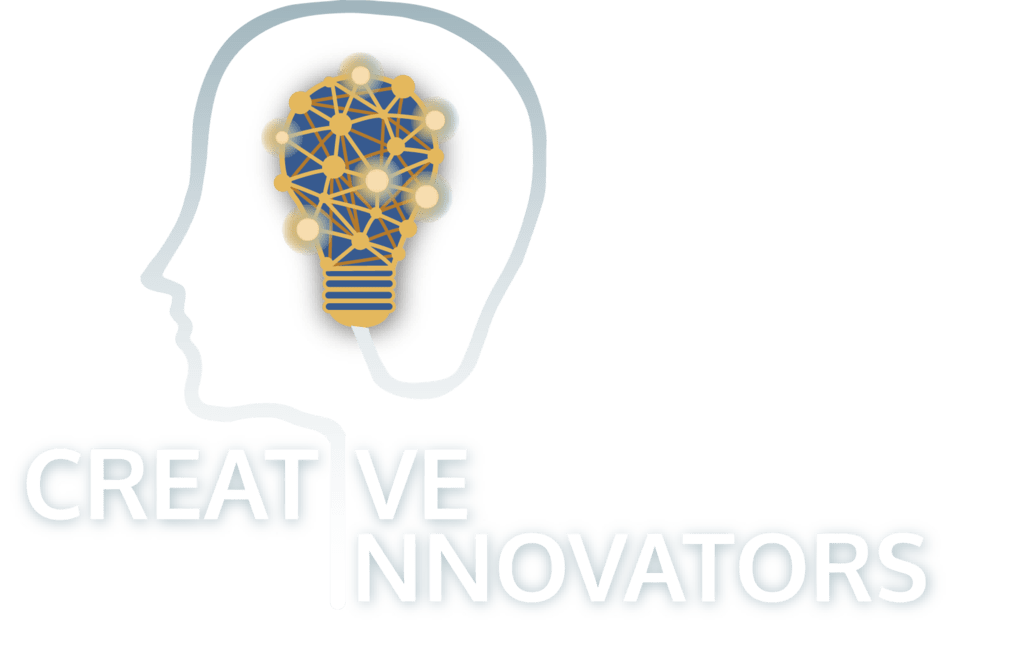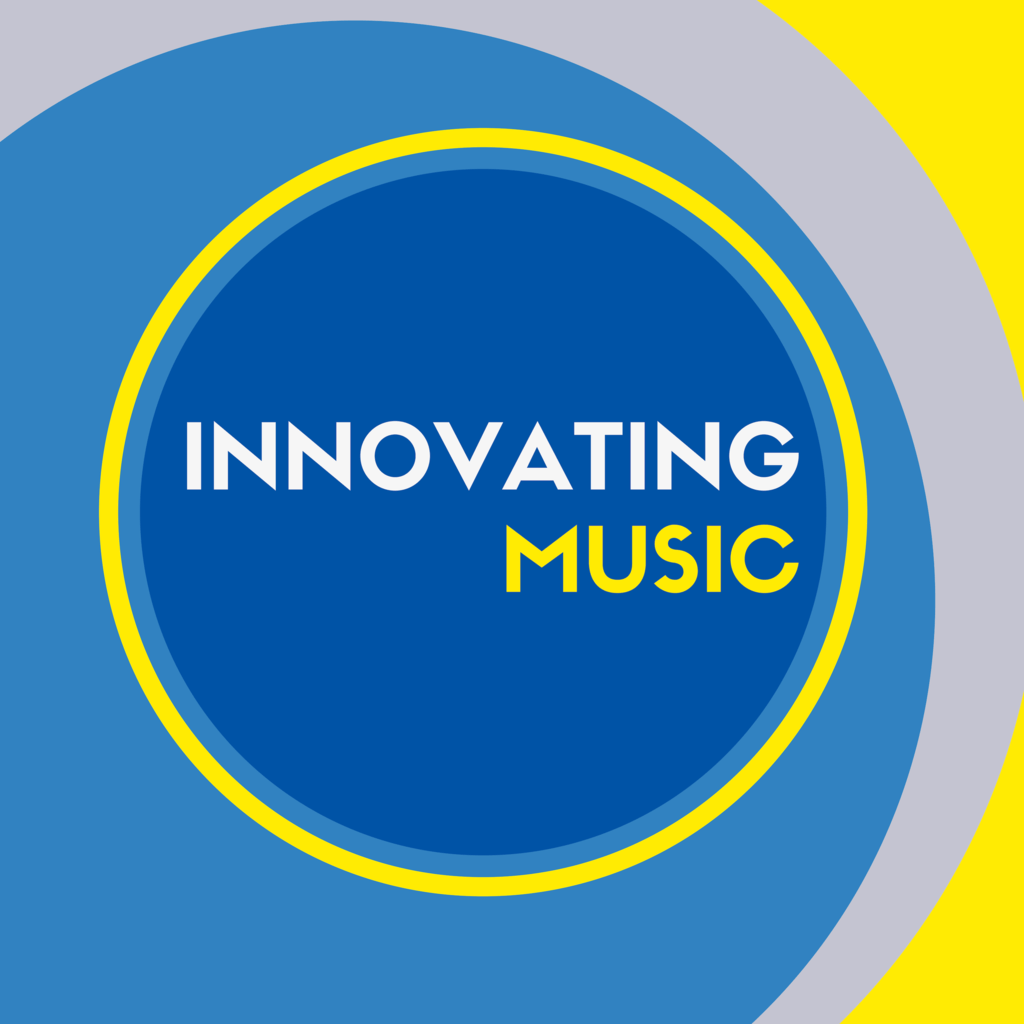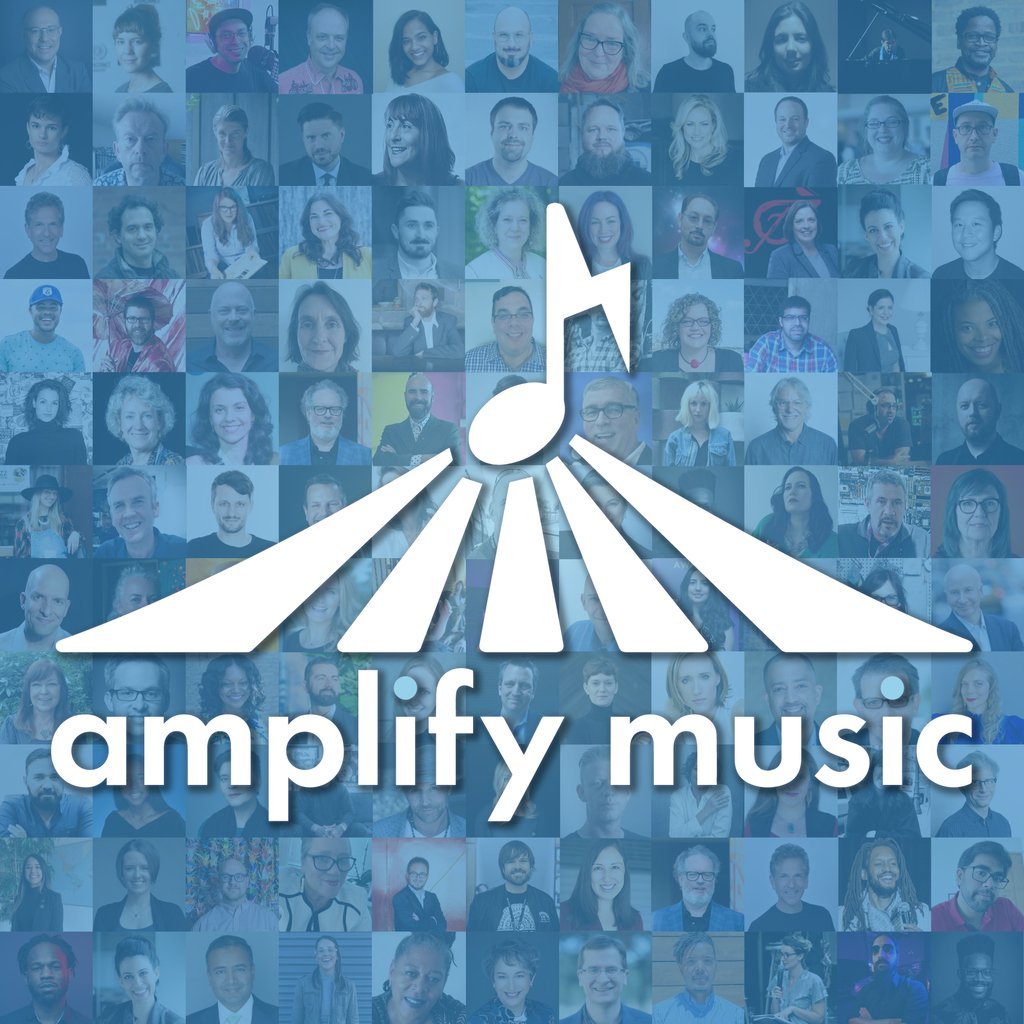Four Conferences: Four Sets of Live Viewpoints on Innovation
We’ve just come back from a series of unique conferences, each with a very different view of the world. Given our overly connected digital world, the proliferation and expansion of live events is intriguing. These were just the four we picked of the dozen or so going on during this same three week period of time. Some are pricey — over $1,500 a seat before paying for room, board, and travel — and others are less than $100 for attendees.
Sponsors are abundant — is this the real sign that we are coming firmly out of the recession?
Or is it that in this crowded business-to-business marketing world that face-time for new brands is so essential? I’m working with quite a few new educational technology brands right now . . . who each are having to rationalize how and where they invest their time and money to meet the right adventurous partners for trials. A growing portion of my advisory time through Maremel is working with innovative leaders about this exact question set.
GSV/ASU Educational Innovation Summit
We had bypassed this event last year and was amazed by the 1,500 attendees at more than $1,500 a pop for three days. This was a well-heeled crowd of investors and new educational technology ventures, as well as many leading voices from traditional firms, NGOs, and government forces. The dance was intriguing, with 170+ short presentation pitches. The more intriguing discussions were happening in the hallways and central seating areas. Deals and gossip seemed evenly matched. We overheard a lot of conversations about competitors about to run out of funds.
Viewpoints: Adaptive learning is the next new great thing. Give our new company money and we will save the educational world (mostly US). Selective viewpoint: We’re already an adventurous organization, doing cool things, and we are at this event quietly to see what is coming up the pike that doesn’t have revenue yet.
2013 IFTA Production Conference
Embracing the Small Screen: How Independents Are Defining Their Future in Television and Digital Media
We enjoyed this conference, run by what used to be the American Film Marketing Association, and was renamed IFTA (International Film & Television Association) many years ago.
The day was broken into the Buyers and the Sellers, and I could see why this was also a sell-out event. The audience was filled with aspiringl producers, but the panels were filled with those really doing business in digital video production and distribution in a big way.
Viewpoints: The money isn’t there yet, but exciting things are afoot. Big names were wondering how the money was being made. Digital distributors were sharing some cases, but keeping some of the data close to the vest.
AERA
American Educational Research Association
How do you fit 14,000 educational researchers in a group of hotels in 5 days in San Francisco with thousands of presentations, and often more than 75 simultanous events? With a phone-book sized guide with 7+ digit codes and a almost-connected App.
This group has seven different technology-oriented special interest groups, each with overlapping content and interests. We spent time with both the TICL (Technology, Instruction, Cognition, and Learning) and TACTL (Technology as an Agent of Change in Teaching and Learning) groups, who call themselves “Tickle” and “Tactile” respectively. There was intriguing research in cognitive load theory in teaching (making the content format decisions make the learning easier, not harder) and evidence-based educational design.
The conversations continued that started at GSV/ASU: Why does the research being done on learning science NOT flow into learning design, both in terms of products and content?
We ask the reverse: why should it flow? What would be the connective tissue to tie it together?
Viewpoints: Our research is wonderful — why doesn’t the world want it? Peer reviewed journal research is of value, not necessarily research happening by non-universities (undercurrent of conversations).
Business4Better
The Community Movement Partnership — http://www.business4better.org/
What a different perspective! In Anaheim, CA, we caught the second day of this UBM-hosted conference that brought together community partners in social support from around mostly Orange County, each with little booths waiting for people to come by. This was the most old-fashioned of the conferences, and the thinnest attended, but the one at which we had the most sincere conversations.
Viewpoints: We are helping our communities. How can we bring new awareness and resources in?
End Thought
All of these were valuable conversations — all local and all connecting ideas in the light of our digital world. How do we connect the right resources, ideas, and different frames of mind?
Live and local becomes even more important in this overly connected age.






